Working with mountains is easy
Isadora Alvesfor Antonía Berg e Lucrezia Costa
June 19th, 2021
Milos, Greece
«– I write illuminated by Venus’ light. Between me and writing weighs an unspeakable, total trust. Writing, like other drawings, is founded in the skies, born under the sign of the stars.
In Sagittarius, there is a point that evokes 𝝿 to me, as if it would emanate its form, a light, a point.
Everything communicates, I feel it surpasses my understanding.
It's night and I'm lying on the hill of the old theater. My head rests on my lover's chest, my head rests on the primitives. The heartbeat is as loud as the rest of nature when one's body is in this position.»
The eyes looked up from the paper
and the voice uttered
unfortunately, I only know how to write love letters
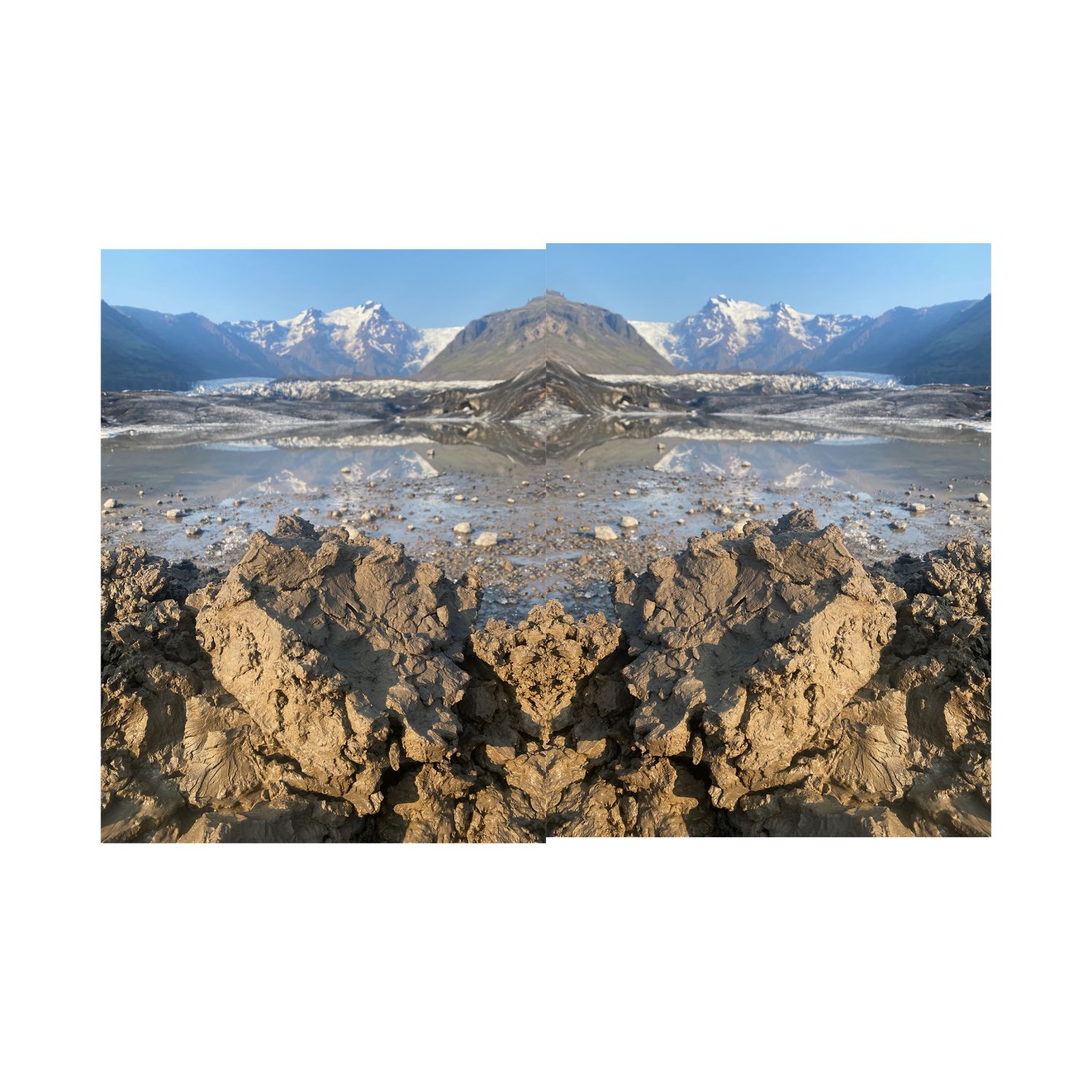
their eyes kept fixed on the paper
Lips slowly moved to say
Did you know some writing only fits if forged behind great stones
where they would hide from the wind.
Certain trails on mountains are laden with words
repeated
words
whispered
to those far away
to themselves
often to the skies
repeated
words aim for verticality.
All paths communicate.
If a piece of limestone
fell off the right side of a hill
it might have been time to turn back
if the path was crossed
by the flight of a hawk
perhaps you'd have to walk faster.
There are paths that even in silence carry prayers and grace.
Between mountains, there are places that would never be crossed
except for
the extreme need
to carry objects from one place to another
or the extreme need
to flee
to fit in somewhere else.
Places that were inhospitable to human presence were considered sacred back when we didn't build space observatories on their summits.
a small silence was almost a comma but the words
on that hot day I was walking along 28 Oktovriou Street
and entered the National Archaeological Museum of Athens
to take shelter
to find behind glass
what was found under the ground
everything that carries prayers
prayers that carry words
repeated
words
I went in
to witness the impossible. What was witnessing? What was veiled?
There is good reason to find today a number of occidental artists from various disciplines working together with mountains – or with that unclassifiable unknown called landscape – and yet there is good reason to find in it thoughts and practices that are very different from Land Art – intrinsically linked to monumental gestures, building materials, a movement that finds inspiration and therefore provocation in the endless lines of tar that cross deserts in the southwest of the United States, which have been called Routes – not Roots. The gesture I'm trying to fit in here is smaller, sometimes microscopic, and yet it doesn't resemble minimalism. It is most often a gesture that seeks to subtract the individual from the environment, which tends to underline behaviors of pre-existing ecosystems rather than creating new ones on top of them. This movement without the need for words finds inspiration and provocation in the possibility not only of re-signifying, but really of discarting and set in compost the ideas we occidentals have long accumulated on individuality and ownership, and so, it is inevitably a very-human quest and a more-than-human research.
There are many reasons why today there is a need to look at the behavior of life beyond that of humans, conceiving more space to others, considering other(s’) existences and to reckon oneself as a capsule of unknown biological processes.
The nausea that our own species creates in us seems to have reached new limits, an incapacitating incapacity of poetry.
Still today, a Janus word with more than two opposite faces. The history of art (like that of violence) is anachronic. Then one could draw – something other than a line – between this nameless gesture and Cezanne's caring repetition of Saint Victoire Mountain.
A painter who knew, in other words, what Robert Smithson said in the 1960s
«there is nothing 'natural' about a Museum of Natural History. 'Nature' is simply another 18th and 19th century fiction.»
What it is to work
when an artistic endeavor so often seems to stumble upon a demand that doesn't fit the ideology of work
What are mountains
when the eyes themselves take so long to understand the immensity of the valleys
And what is ease
Has one actually ever experienced ease?
And survived to tell the tale?
And why does ease ever seem like something to be looked at with suspicion?
Can't effortless pleasure sometimes be as worthy as everything that takes time, sweat and suffering?
There can be ease with time and sweat, and there can certainly be a suffering when living in the ease of following your own pleasure,
without guilt.
Mountains (and those who «work with them») rarely fit into a museum because they no longer find their viewers there and because a museum almost always needs a name. One name, sometimes two or three, four might already be hard to digest, it’s too many characters and when one gives a mountain the legitimacy of authorship, it becomes very difficult to sell, to fit into a market.
Amongst other things, it's very difficult to work easily with mountains because no human being seems to know exactly what a mountain is.
There was a time when objects were made with, in and out of mountains, a time we call pre-historic art, with nameless authors.
Vases
plates
cups
small ceramic sculptures
found in mountains
buried
with nameless dead.
It is speculated, and perhaps rightly so, that they were offerings to death.
they said
Maria Zambrano said
«every hold back of ours is an offering to death. And everything we keep doing is nothing but offerings to death.»
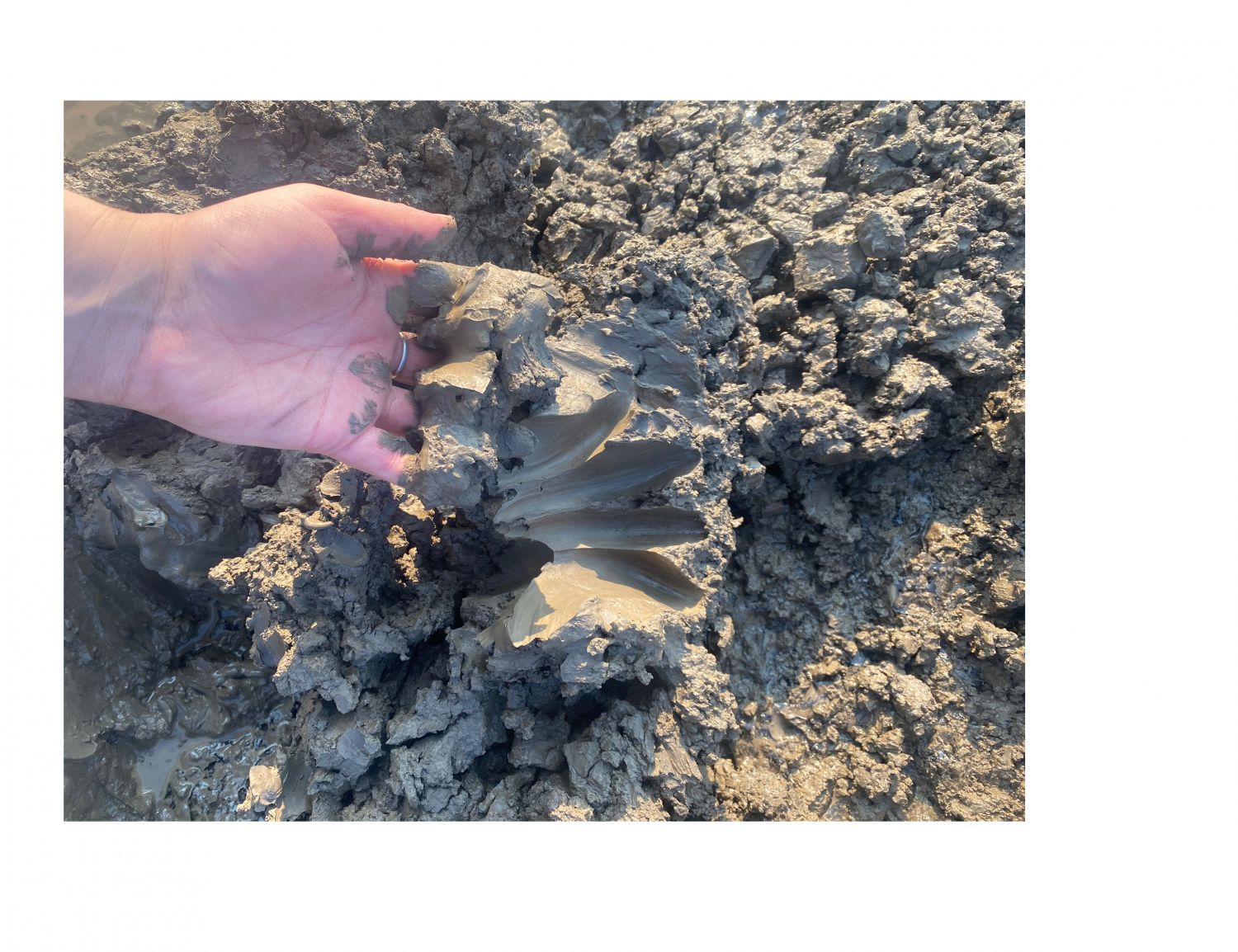
then lips moved in such a form
to say
There are such objects in the fifth room of the National Archaeological Museum of Athens.
In the museum, questions arise: what kind of witness am I? «Will I have eyes?» What is held when a homo sapiens sapiens in an European state museum encounters a Mycenaean object found in a sarcophagus?
and then
lips blurted strange
when their
tongue blurted time
The museum raises questions about its function every time
it separates, places, illuminates
mixes or divides.
A convention with living beings inside it, with no name to fit them.
How many names fit inside Φειδίας?
I'd like to know
I argued
Organizer. A bank, an archive.
At the museum I pay
I walk
I stop
I read
I look
I fairly do look
I am amazed
I write
I even take pictures
and I keep them
they said
Every time an object is placed behind glass and under a certain light, it moves on to a new objectual stage.
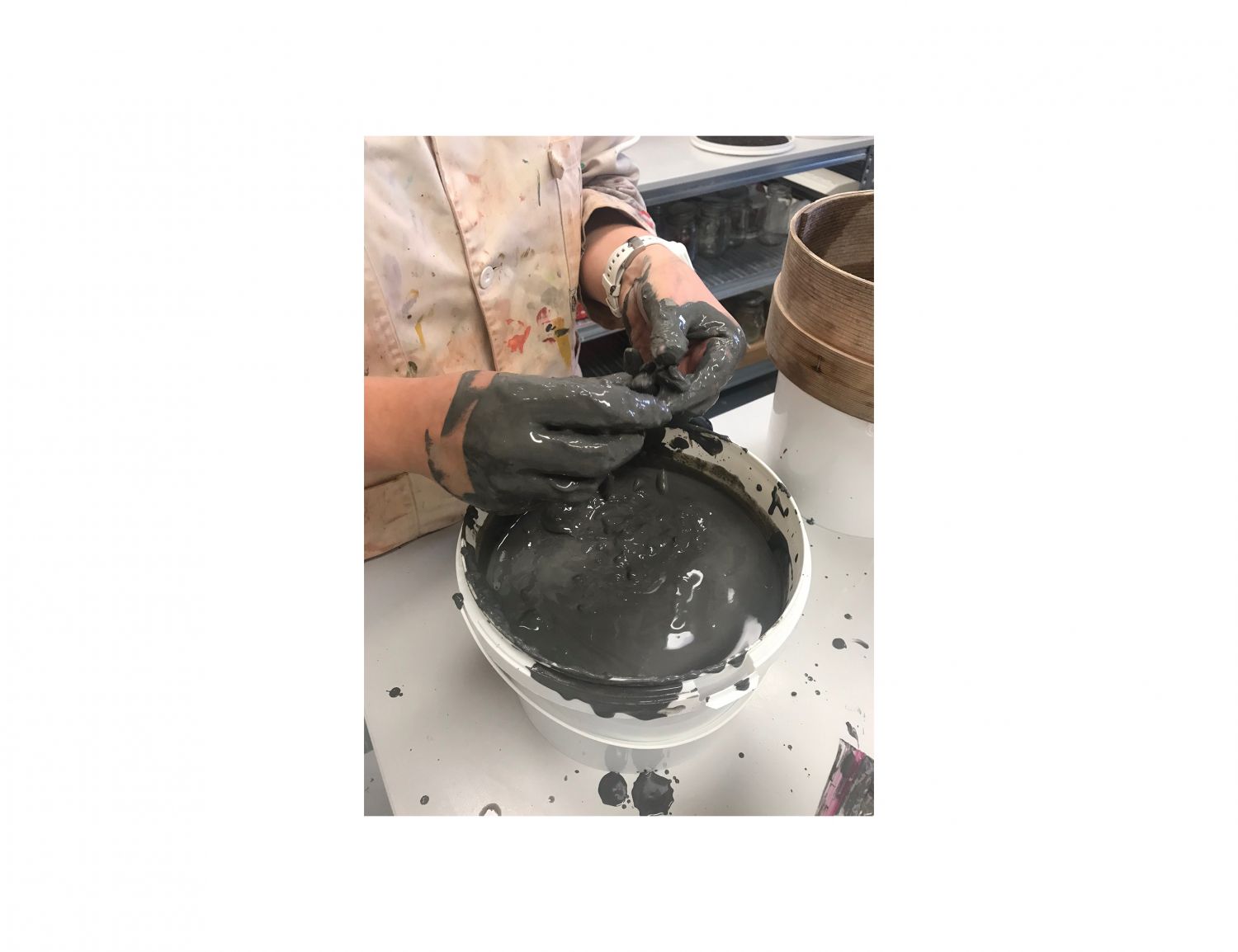
I've walked past objects, busts and their stony gazes only to feel that I'm not
yet
the one they could look at
In Room 5, dedicated to the beginning and middle of the chronological line called the Bronze Age, there are objects made to offer to the dead. Even ceramics that look like everyday utensils have been transformed into offerings to others that don't concern us
yet
but they will.
I know
I now see
what I shouldn't
and what was underground
is
illuminated with a led light
uprooted
on a wallpaper that imitates the earth of the grave where it was found
and there is
between me and the piece
a pane of glass
there is
between me and it
a misfit lingering
and there is
a meeting of complex systems that are not at all imaginary or abstract but are nevertheless
a rare placing
an encounter
An encounter tends to reinforce the positioning of the elements in the questions
Where am I
What do I see
and from where do I see
and I desire
a celebration
a constructive interlace
and moments later
the answers to
Where
What
and from where
will already be another
why?
because misfitting
it said
is the sincerest nature of beings
but so much can an encounter hold
Do you know how many times I've been to the National Archaeological Museum of Athens? Five and a half.
The last time I went in just to buy a book and ended up going underneath the glass to see the Minoan frescoes. They did bring the walls from under Thera’s volcanic earth to fit them into the first floor of the museum, only to be damaged by Athens 1999’s earthquake and take them on a boat ba...
You said
why do you write me?
I want to touch you
but not like that
I said
there's a sound behind all the noise
a murmur was an ache
as if it carried an accumulation of words that didn't fit into
the world, ached
I carry worlds that don't fit into words
and then wrote on a torn piece of paper

we looked longingly at the hand tearing the paper, at the pen and the way the fingers held it, in a dance where the gaze decoded syllable by syllable until a smile was formed
It’s not like that
My loves does not leave a bitter taste in the mouth
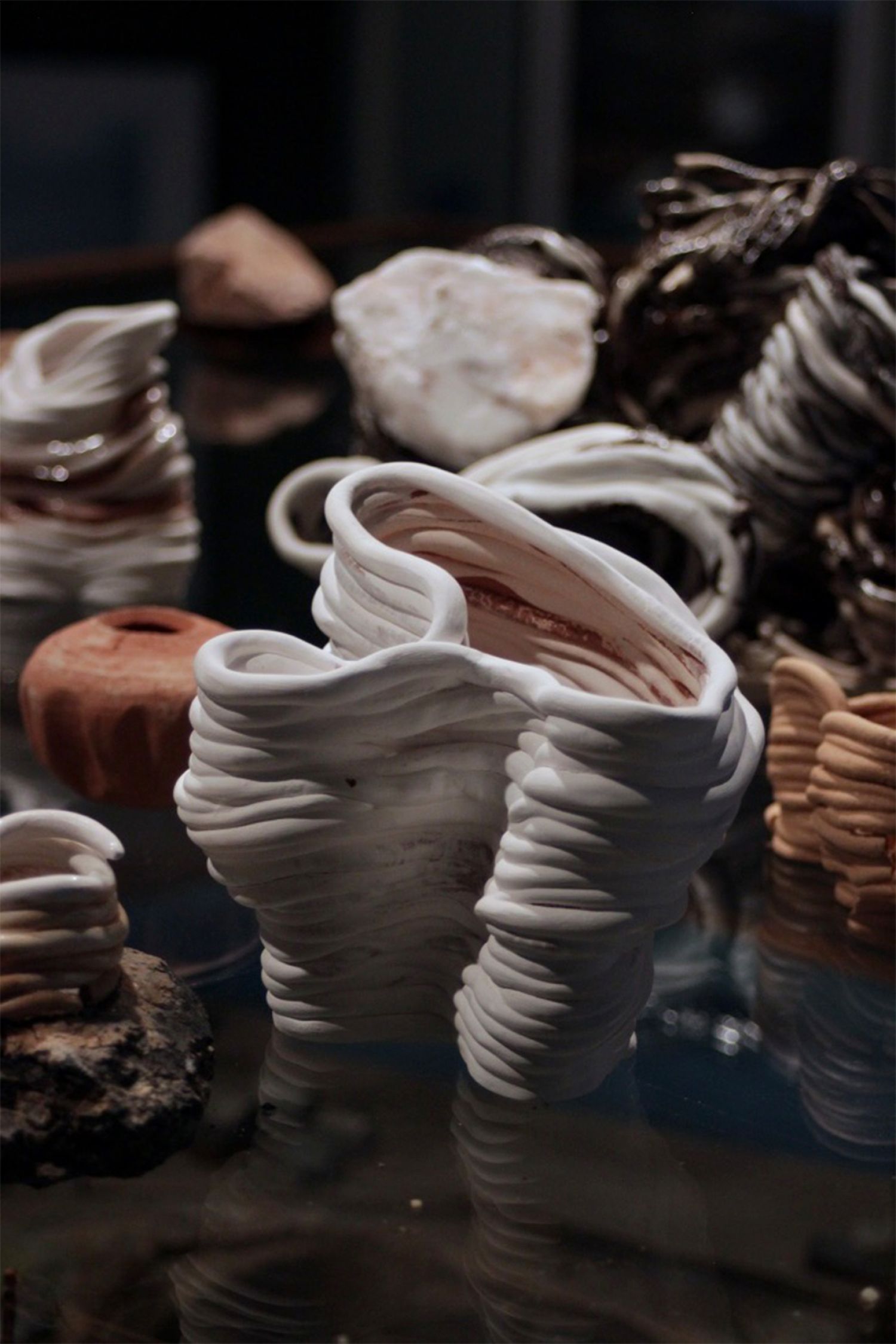
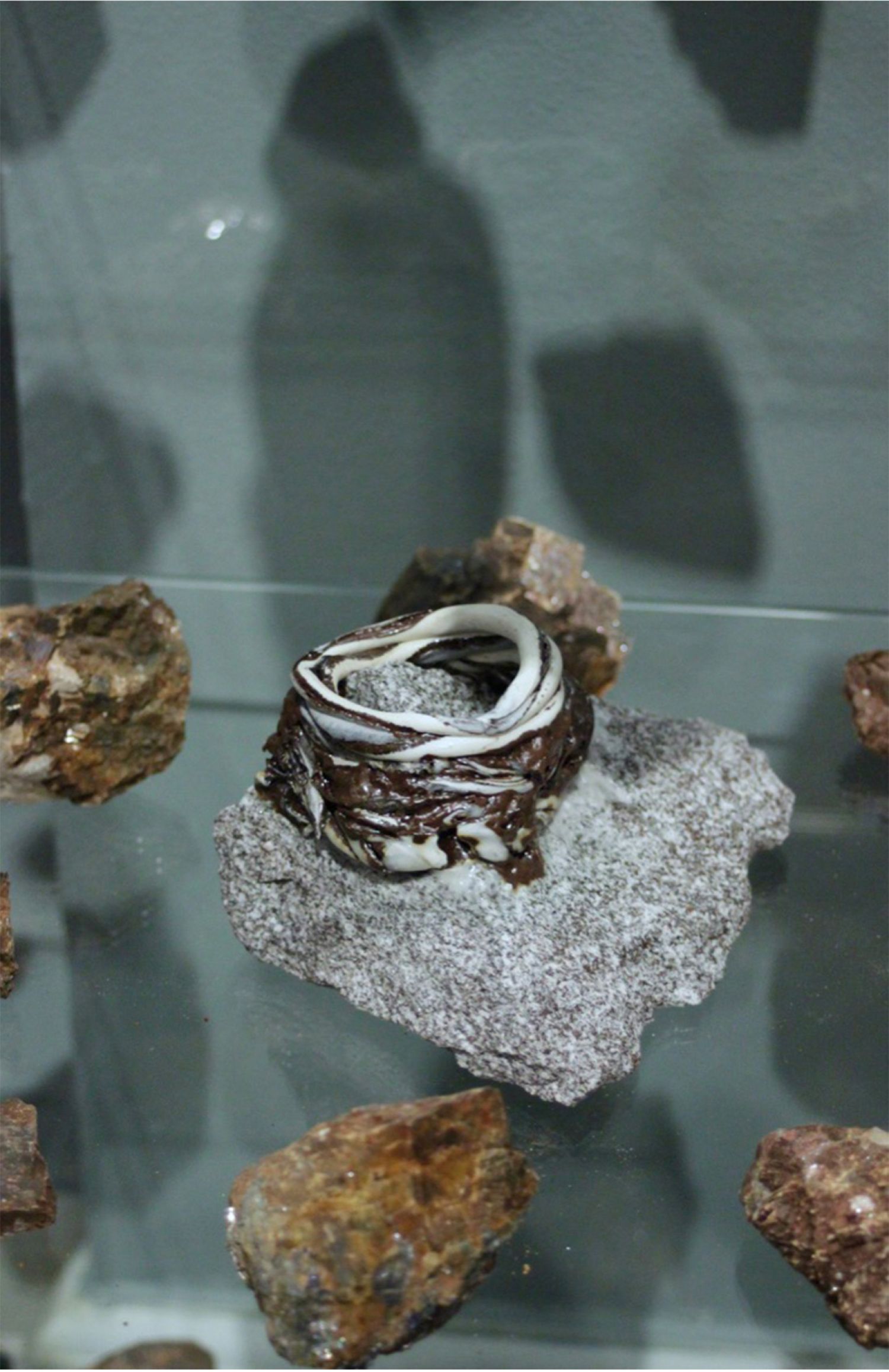
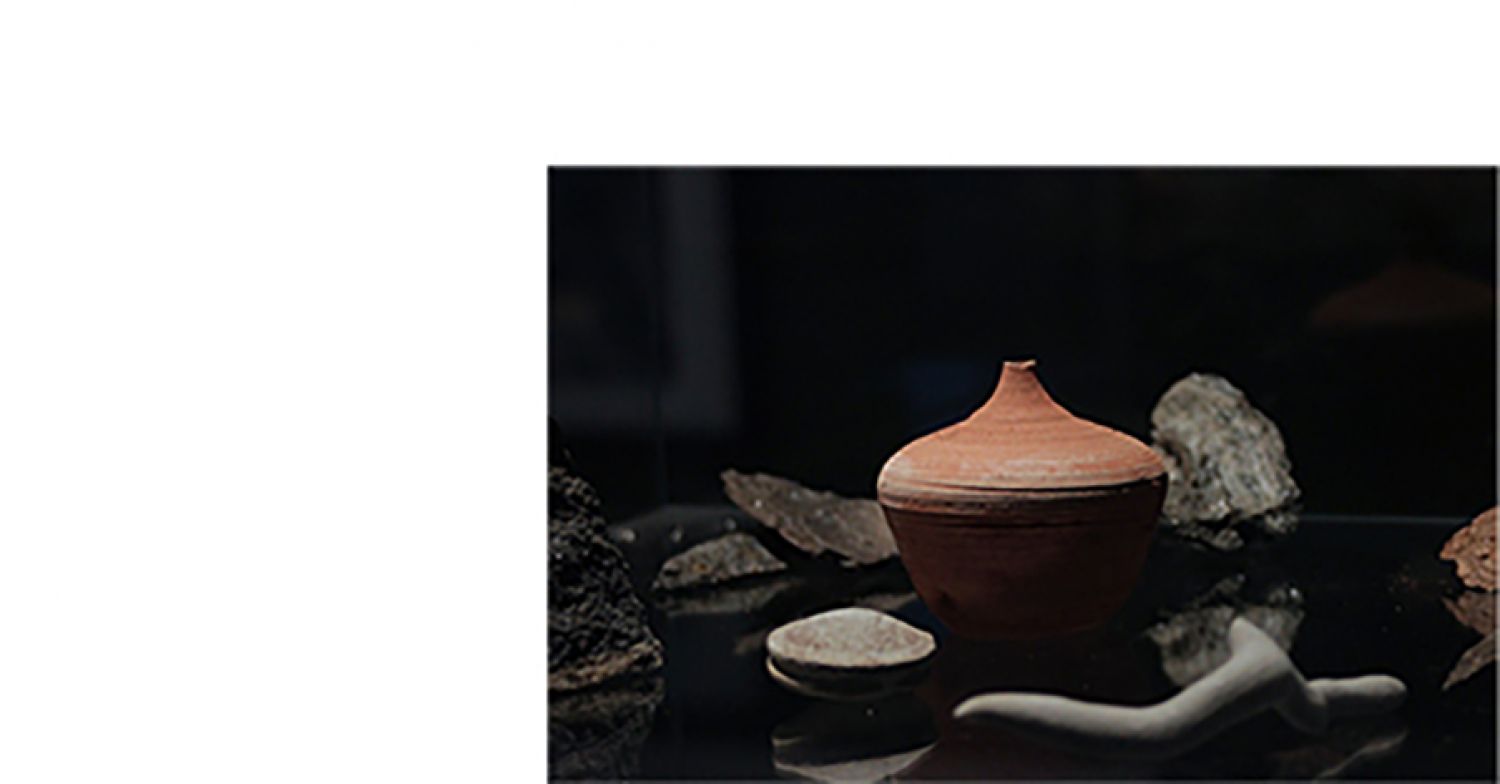
The pictures above are from Antonia Berg’s research and alquimic process with glacial clay and their consequent objects exhibited in Nuutoqaq Katersugaasivik, Nuuk, Greenland, 2020.
For almost ten years, Antonía has traveled across glaciers in Iceland and Greenland searching for glacial clay. A site-specific material, Antonía investigates each glacial clay's unique composition, their surrounding materials and the metamorphic changes they undergo on the glacier. Glaciers, being powerful erosion forces, accelerate the breakdown and movement of raw materials.
Scientists call it flour or silt due to its difference in crystal composition, though its formation process is still not fully understood, even though it has the same properties as other low-fired clay. This material, misfitting the scientific realm, will be what remains in Iceland, New Zealand and Argentina as glaciers recede.
Antonía said
after going through fire I witness a material
changing spirit and direction
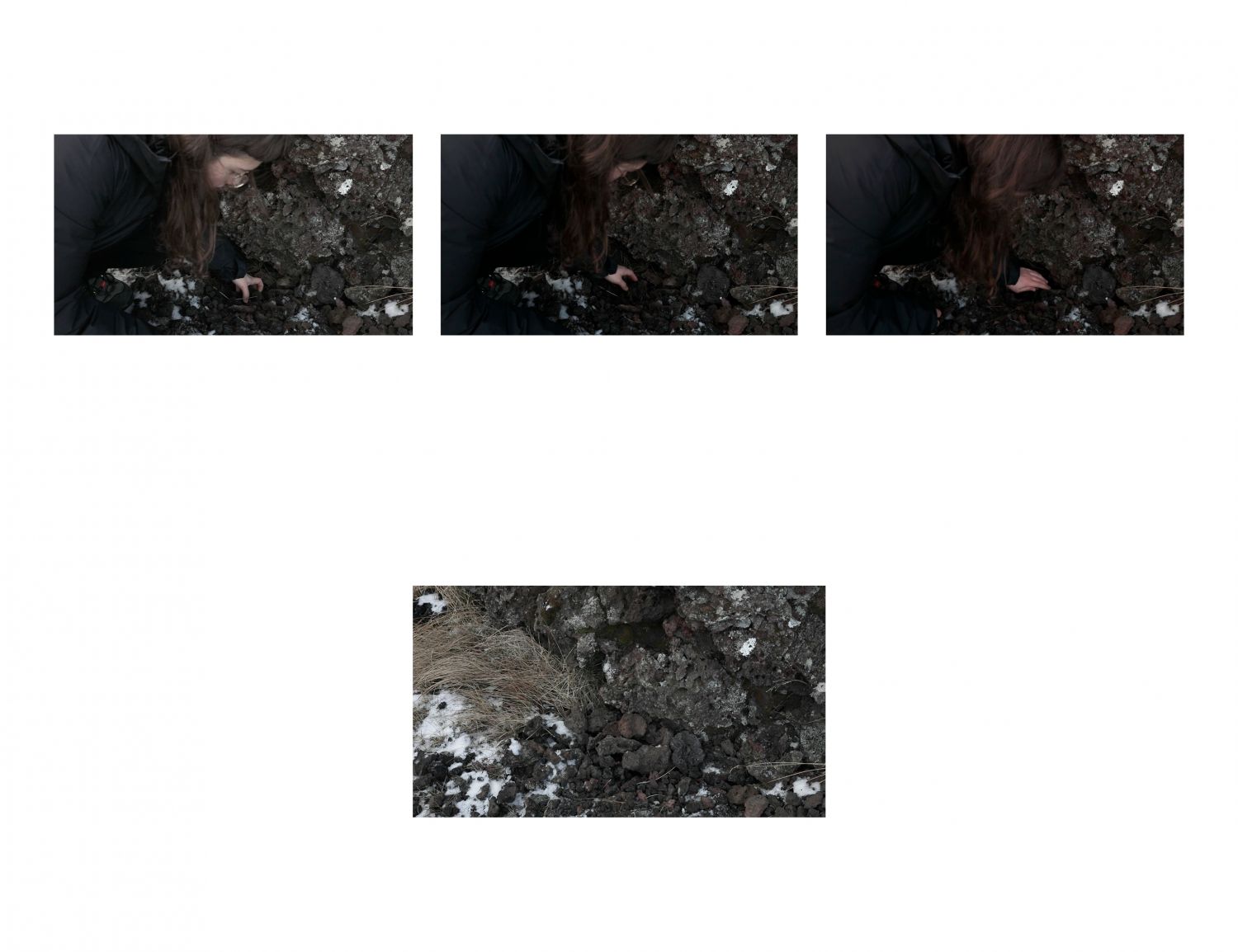
The Italian ceramist and visual artist Lucrezia Costa is particularly interested in fatigue, sacrifice, commemoration and absence. Through the lens they provide, she researches grief and the rituality hidden in repetitive gestures. Above, stills of Lucrezia burying her recent sculpture To whom it may concern under Icelandic soil in February 2023.
Lucrezia said
nothing
she breathed



